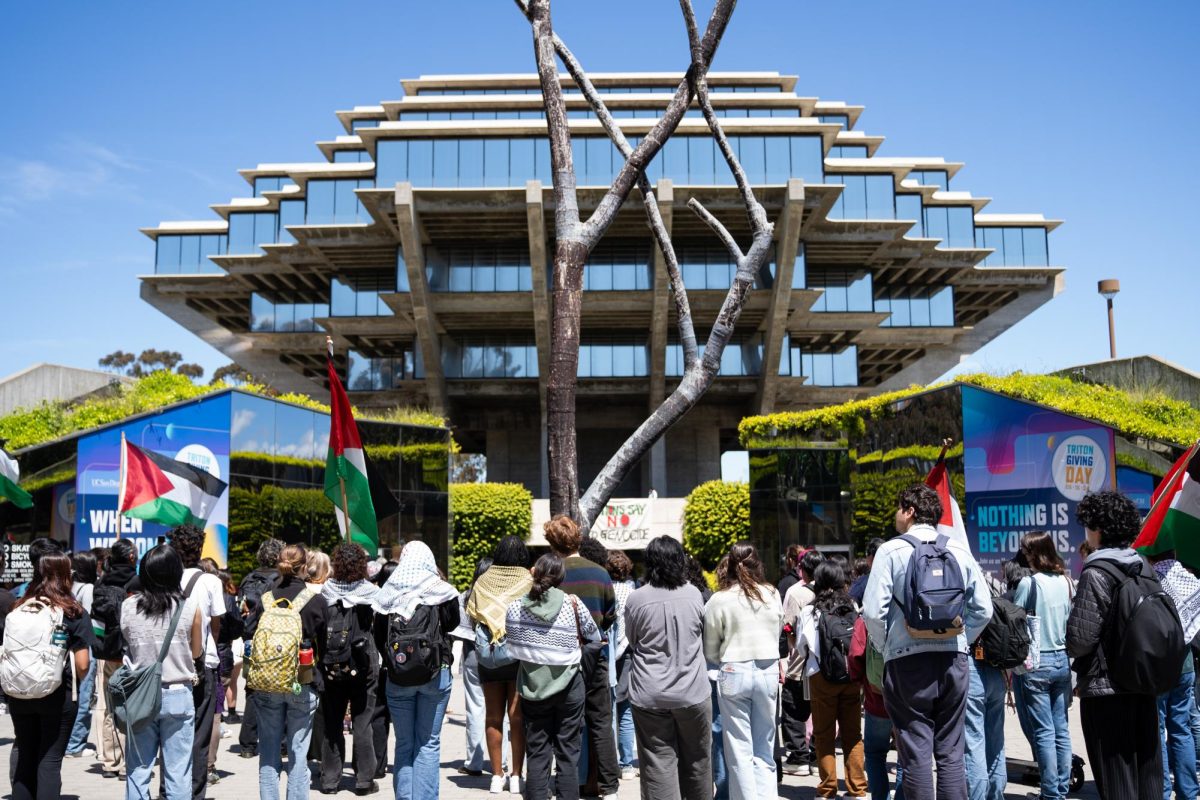TIJUANA, MEXICO — HIV and sexually transmitted infections were the topic of discussion when physicians and public health officials from the United States and Mexico gathered in Tijuana on Nov. 14 to Nov. 16 for “”The Border That Unites Us,”” the third binational conference on HIV/AIDS and sexually transmitted infections.
The conference explored HIV-related aspects of the United States’ and Mexico’s unique relationship, such as the incidence, distribution and control of the disease on either side of the border; human rights; prevention strategies; and the role of nongovernmental organizations in addressing the international AIDS epidemic.
“”It’s very important for everyone in a region to know what occurs where one lives and where one’s neighbors live, because the border that unites us is a virtual one,”” said Griselda Tepichin, technical director of Mexico’s Centro National de Sida (National Center of HIV and AIDS).
Tepichin noted similarities and differences between the AIDS epidemics in the United States and Mexico. She said about 50 percent of both countries’ AIDS cases are localized to the men-having-sex-with-men category; however, heterosexual cases account for 38 percent in Mexico and only 13 percent in the United States. Intravenous drug users make up 34 percent of cases in the United States, but only about 1 percent in Mexico.
Tepichin also noted that while Mexico’s population-wide prevalence of HIV is estimated at a relatively low 0.3 percent in the 15-to-49 age group, it is sandwiched between countries with higher prevalence. The United States’ prevalence is estimated at 0.6 percent.
Michael Samuel, a California epidemiologist specializing in sexually transmitted diseases, presented data about STDs in the state’s Latino population — whose infections of gonorrhea, chlamydia and syphilis are outstripped only by the black population. While the prevalence of these diseases has dropped in the past 15 years, slight increases in the last five years, suggesting that unprotected sex is on the rise, which could have implications for both the United States and Mexico.
“”We will undoubtedly be seeing an increase in HIV transmission,”” Samuel said.
One study of HIV prevalence in Latino men-who-have-had-sex-with-men populations in San Diego and Tijuana cited by Dr. Matt Facer of California’s Office of AIDS showed 20 percent of surveyed men in Tijuana were infected with HIV, while 33 percent of men surveyed in San Diego tested positive. Facer cautioned that while these numbers were probably not reflective of the entire Latino men-who-have-had-sex-with-men population, they do suggest higher rates than those in other population subgroups.
No studies have been conducted on the extent to which young adults crossing the U.S.-Mexico border for recreational purposes like clubbing or travel may contribute to the spread of the disease.
“”Those are the ages where the rates are the highest, so it’s likely to think that that could be a particular problem,”” Samuel said. “”It could also be compounded by the fact that many people in those age groups may be completely unaware of the risk they may be putting themselves at by engaging in those activities on either side of the border. And you have the further problem where along with that kind of activity is partying, drinking, using other drugs — so if somebody was thinking maybe they would use condoms or would engage in safer sex, once they start drinking or partying, that intention is often less there or absent completely.””
As in the United States, Tepichin said, in Mexico, efforts are being made to reduce new infections.
“”We are emphasizing prevention among young people through interaction with communities and families,”” Tepichin said. She emphasized that young people must “”use condoms every time they have sex,”” although condoms are not readily available in Mexico.
A barrier to slowing the spread of the disease in Mexico, Tepichin said, is the continued stigma attached to infection and prejudices against homosexuals. A national survey stated that 66 percent of Mexicans would not be willing to live with an individual suffering from AIDS, and 57 percent would not be willing to live with a homosexual person.
Lack of funding is another problem in Mexico. Tepichin estimated a $654 million deficit for prevention and treatment of the disease.







